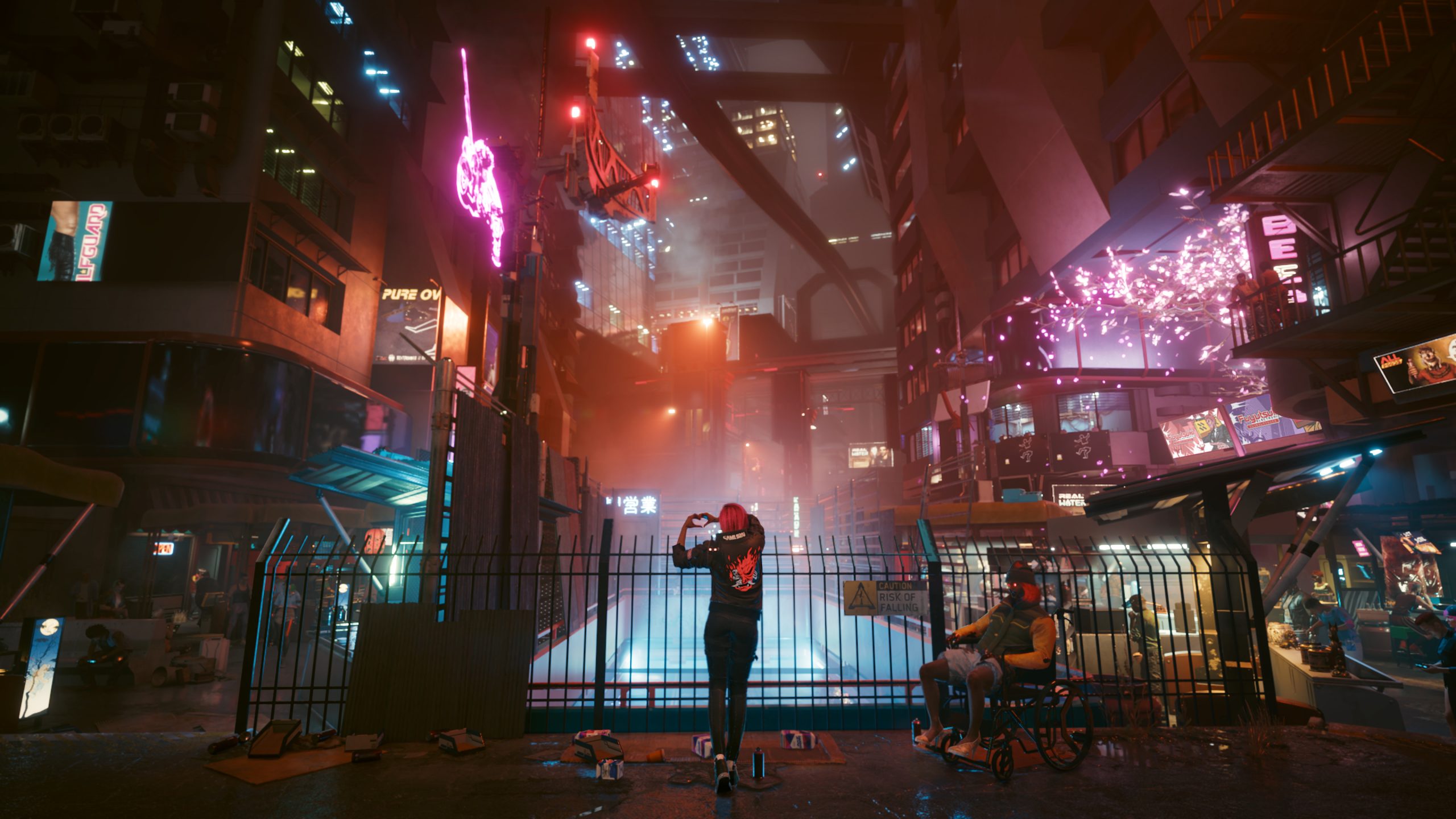
Back when Call Of Duty: Modern Warfare 3 was revealed on May 23, 2011, it had something most reveal trailers are usually missing, a release date. Imagine a new Call Of Duty game gets revealed today; it would start with a logo reveal trailer, then an actual trailer, a few developer interviews, then finally, months after the initial announcement, a release date trailer.
Why is this torture put upon both the overworked developers and dedicated players? Well, the reasons vary much, but all follow the same course. The most consistent reason for the delayed trailers and slow responses is the change in expectations.
Before the dawn of 300 FPS experiences, ray-tracing, and a mouse with twenty or more buttons, any new game which was supposed to be released really did not need to exceed a certain threshold. It is only now that the competition between studios and publishers is at an all-time high, so breaking the boundaries every time keeps a company at an edge.
As long as a game was structurally sound, it was okay for release, but a functioning game is not as charming as a detailed one. There is one problem, adding more detail, more gameplay, and more necessary augmentations tends to take a lot of time.
"Why is it harder to make games these days?"
TL;DR: The expectations and legal requirements for games has increased.A helpful list of examples below: https://t.co/5y9WXVhMe0 pic.twitter.com/sCdrFYxtmX
— John Junyszek (@Unyshek) August 11, 2022
John Junyszek, the Senior Community Manager at 343 Industries, recently explained why modern games are more difficult to make. Every point given by him shows players how difficult it is actually to make and maintain a certain game.
The biggest problem is the more recent and upcoming generation of consoles and PC. With every passing generation, the graphical fidelity that these platforms can withstand gets larger and stronger, so companies like Ubisoft, Sony, and Microsoft pull this to their advantage as they believe better graphics equal a better game.
Furthermore, it is not only graphics they focus on; it is also new content. By “new content,” I mean tens of dollars worth of expansions, twelve colors of the same cosmetic, and re-skins of weapons from previous titles. This is astonishing “new content.”
If this is all that the new content is worth, then why does it take so long? Well, in the case of Call Of Duty, the development team actually releases a new title every year, with bare changes as not much can be done in one year of development. This may be due to money grabs or just keeping the franchise’s namesake alive.
Activision is a fairly decent company but not the best example; that trophy goes to CD Projekt RED. The company started development on Cyberpunk 2077 in the PlayStation 3 generation, went through the entire PlayStation 4 generation, and was released on the PlayStation 5. What did a decade of development give us? Well, nothing above a 3/5 gameplay experience.
Cyberpunk 2077 is not the only example here; we also have The Last Of Us Part II, which did split the community in terms of story, but in terms of pure graphics and gameplay, it is easy to say that it became everyone’s favorite. This is because Sony puts its bets on its games while other companies bet on the in-game products.
At least these games got to see the shelves and actually got released, unlike some unlucky titles. Beyond Good and Evil 2 is a game that got teased in 2008, got a trailer in 2018, and was never released. The reason, well, Ubisoft is the reason. Although development is still pursuing, it has been too long for it to go on further.
Another pitiful system that companies use is to release now and fix it later. There are a ton of Call of Duty and Battlefield games that do this, but there is one that takes the cake. No Man’s Sky was a broken and depressing game filled with lies and deceit. However, after years of fixing and adding new things, today, it is a new and improved version of the game, and it only took half a decade.
However, there are those developers that work on their own time; those that are not governed by trends and competition, the honorable indie developers. These developers take years to perfect their games, all the while showing the work they do every step of the way.
Although they do not rely on trends, they still need to complete basic requirements so that players still play their games. Stray was a great example of a next-generation game filled with both devotions from the developers and all the requirements that needed to be considered for the next-generation experience.
We can be sure that these indie developers will keep doing what they do, as they truly are the final strand of people actually making outstanding products. However, even after years of their success, big-shot companies still aren’t changing, but there is always hope.
Thanks! Do share your feedback with us. ⚡
How can we make this post better? Your help would be appreciated. ✍



